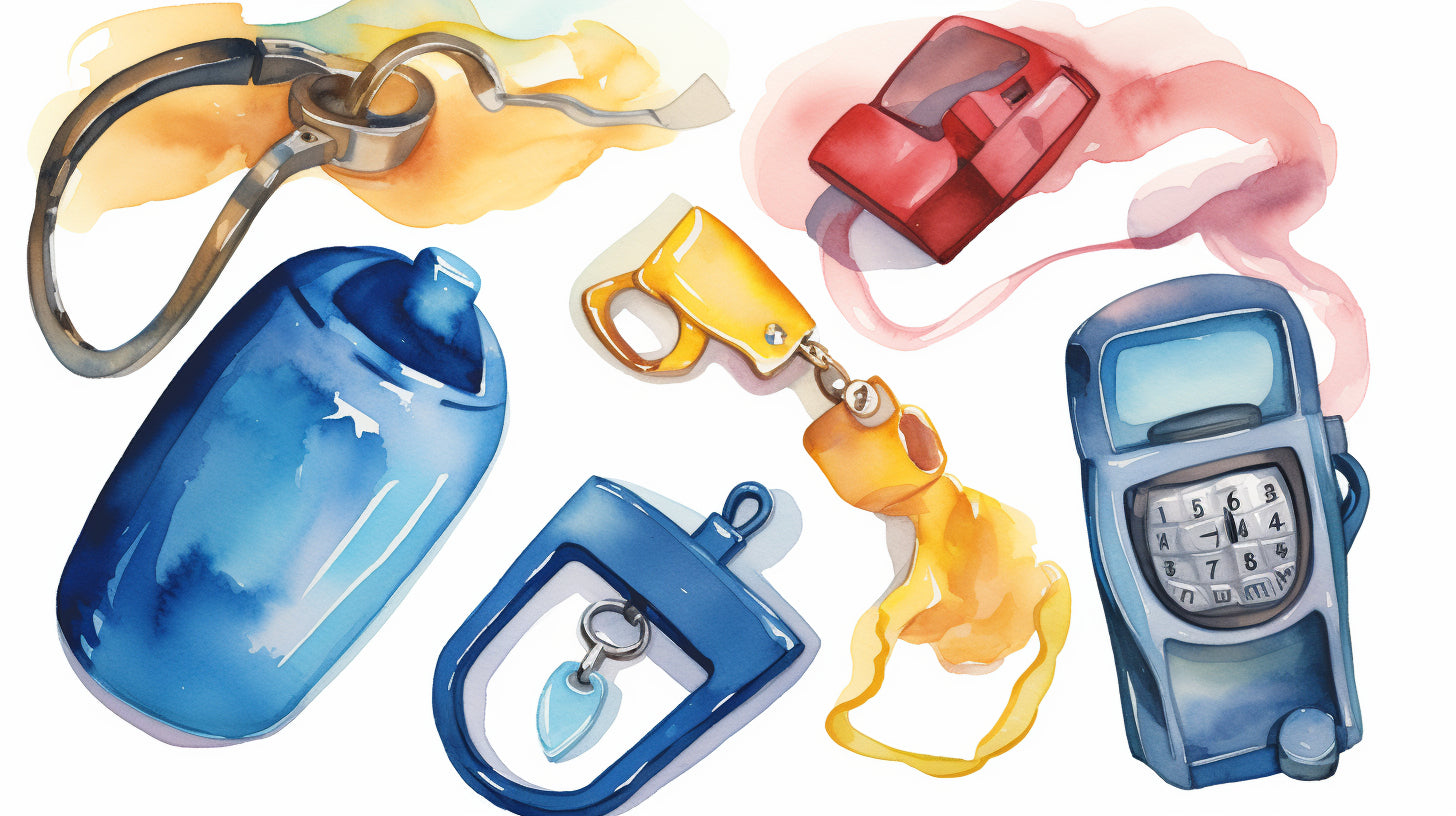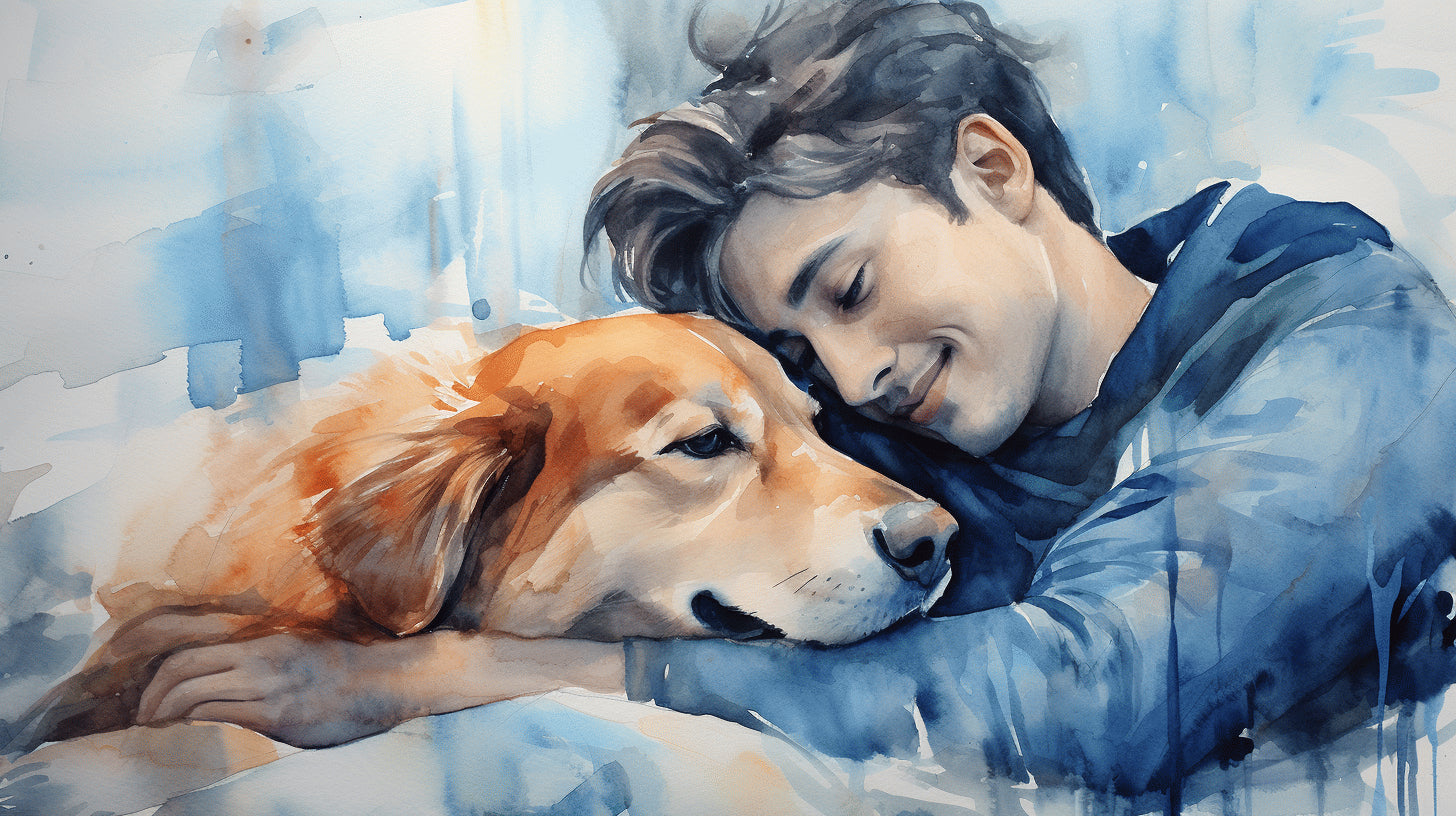As pet parents, keeping our fluffy friends safe is one of our utmost priorities. We love them, care for them, and can't imagine our lives without them. But are we doing enough to safeguard them from harm's way? Our homes and the outside world can be riddled with dangers both evident and hidden. From hazardous foods to perilous situations like car accidents or fires, our pets can be exposed to risks we might not be aware of.
This guide aims to shine a light on these dangers, address the sobering reality of injury and safety risks for pets, and provide actionable tips to ensure our beloved animal companions remain safe and sound. Let's embark on this journey to enhance the quality of life for our pets, shall we? Stick around as we unravel statistics, safety risks, and indispensable tips to keep these lovely pets out of harm's way.
Pet Ownership Statistics
Get ready to dive into the fascinating world of pet ownership. Let's explore some intriguing statistics about something close to most of our hearts - our pets! It's no secret that Americans love their pets, and with the rise in work-from-home trends, it seems our beloved animal companions' popularity is only skyrocketing.
As it turns out, an impressive 43.3 million US households are homes to pets. Pets in these homes range from the usual suspects like dogs and cats to more exotic pets like snakes and parrots.
Talking specifically about the canine and feline members of our families - our dogs and cats, they surely take the lion's share, or should we say, the dog's share of pet ownership. Would you believe that 58% of US homeowners own a dog? And, in contrast, 36% own a cat? Whether we're a nation of dog lovers or cat enthusiasts, one thing is for sure: we love our pets!
Even these impressive figures only begin to cover the pet ownership landscape in America. You might be surprised to learn that about 70% of US households, representing a whopping 90.5 million families, own a pet. This statistic shines a spotlight on just how prevalent pets are in our society. They play an integral role in many American households, often considered as more than just pets, but rather as family members.
Interestingly, the trend isn't just confined to one geographic area— it's nationwide! Across the board, in nearly every state, around 68% of households own a pet. Now that’s what we call animal love!
Taking a closer look at dog ownership, 36% of American households own at least one dog. It seems our four-legged friends have found a comfortable spot in the lives and hearts of the American population.
The numbers truly attest to the bonds we share with our pets. They are more than just animals; they are often our companions, friends, and family. These figures convey a clear message - America is undoubtedly a nation of animal lovers. And it seems like this trend of pet ownership in the United States is not slowing down. Remember, while we nurture our pets, the love and companionship they offer us in return are truly priceless!
Injury and Safety Risks for Pets
Keeping our furry friends safe is a top priority for every pet parent. Animals, like humans, are exposed to various hazards in their everyday life--some visible, others not so clear. With millions of pets around the world, it's important to be aware of potential threats lurking around the corner. In this section, we're going to dive deep into the dire perils pets face and how you can mitigate them. Let's explore.
Dog Bites
Our beloved dogs, loyal and protective, can sometimes overstep their bounds, leading to an alarming number of dog bites. In fact, it's estimated that 4.7 million dog bites occur annually across the US. Understanding why dogs end up biting can often help prevent these situations. Create a calm and respectful environment, train them properly, and never leave your pets with unknown people unattended.
Stray Intake Rate
Over the past two years, there's been a noticeable 10% increase in the stray intake rate for dogs. As devastating as it sounds, this emphasizes the importance of responsible pet ownership and community involvement. Offering a lost pet a safe haven until they find a permanent home can save a life.
Residential Fires
Perhaps one of the most unexpected threats to pet safety is residential fires. These incidents are responsible for over 500,000 pets being affected annually, resulting in more than 40,000 tragic deaths. Practicing basic fire safety, such as not leaving candles unattended and avoiding loose wiring, can protect your pets and your household. It's always a good idea to include your pets in your family's emergency evacuation plan.
Car Accidents
Even the humble car trip can pose a serious threat to your pet's safety. Imagine this: an unrestrained 10-pound dog in a 50-mph car crash exerts a staggering 500 pounds of force. It's crucial to invest in proper pet car safety equipment like crash-tested harnesses and carriers to ensure they're kept safe on the road.
Dangerous Chemicals and Foods
Lastly, our homes are filled with potential pet hazards in the form of chemicals and certain foods. More pets go missing on the 4th of July than any other day, due to shocks from fireworks and accidentally ingesting harmful substances. Always store these substances safely out of their reach, and teach your pets to avoid forbidden areas.
All it takes is a bit of awareness, discipline, and precaution to safeguard your furry family member. After all, their safety, happiness, and well-being make owning a pet all the more gratifying.
Tips for Keeping Pets Safe
As a pet parent, the safety and well-being of your furry companions is a top priority. This article will provide you with practical tips and strategies you can implement to keep your pet safe during various scenarios, such as traveling, firework season, in the course of daily routines at home, and even during severe weather conditions. The application of these measures will not only ensure the safety of your pets but also foster a more loving and lasting bond.
Traveling with Pets
Traveling with pets can introduce fun, memorable experiences, but remember that their safety is paramount. Surprisingly, up to 84% of dog owners traveling with their pets are not practicing safety measures in the car. To keep pets safe, always secure them in a well-ventilated crate or choose pet-friendly seat belts. Ensure they have access to water and avoid leaving them unattended in the car, especially during high temperatures.
Firework Safety
The vibrant colors and bursts of fireworks enchant humans, but the loud noises can induce anxiety in pets. Statistics show that about 69% of pet owners in the UK take measures to help their pets relax or prepare for firework season. A great tip to keep your pet calm is to create a soundproof safe space away from doors and windows, with plenty of toys and comforting items.
Pet Identification and Reunion
Every pet owner's nightmare is losing their beloved pet. Thankfully, ID tags and microchips are fantastic modern tools to facilitate pet reunion. They are responsible for reuniting numerous lost pets with their families. Make sure your pet's ID tag displays your updated contact information, and consider having your pet microchipped at your next vet visit.
Home Safety
Your home is a paradise for your pet. However, hidden dangers may lurk in unsuspecting corners. Pets should be kept away from harmful plants like lilies, potential dangers such as electrical cords, and small objects lying around as they could pose choking hazards. Pet-proofing your home is necessary to ensure a safe environment for them.
Severe Weather Safety
Severe weather can be a stressful event for pets. During these times, keeping your pet indoors is crucial. Arrange a safe space in your home where your pet can stay dry, warm, and feel secure. Always have a kit with pet food, water, and necessary medications, and ensure your pet's identification tags are up to date in case of an unexpected separation.
Weathering the storms of pet ownership may seem daunting, but by instilling these safety measures, you will tremendously enhance the quality of life for your beloved furry family member. After all, their safety, happiness, and comfort are worth every ounce of effort.
Conclusion
Ensuring the safety and well-being of our pets is not just a responsibility but a demonstration of the love and care we have for our furry friends. The road to pet safety might seem intimidating, with numerous threats lurking around every corner. However, by being proactive, staying informed, and with the right safety products, you can mitigate these risks.
As we navigate life's challenges together with our pets, let's remember the importance of not just bestowing them with love but also ensuring their safety. That’s where Empowered by Ashley comes into the picture. This brand provides a variety of specialized pet safety products, from innovative dog anxiety solutions to other pet safety items, all designed to make life safer and happier for your pet. Ultimately, our goal as pet owners is to provide a nurturing environment for our pets, one where they flourish and thrive.
Taking the time to get educated about pet safety is a small but significant step towards that goal. Love them, protect them, and let them live the fullest life possible. After all, they're not just pets, they are family.
You can explore more about pet safety and empowerment on Empowered by Ashley.
Frequently Asked Questions
-
What are some essential tips for keeping pets safe?
Some essential tips for keeping pets safe include: 1. Provide a safe and secure living environment, 2. Keep toxic substances out of reach, 3. Ensure they have proper identification, 4. Regularly visit the veterinarian for check-ups, and 5. Keep them away from dangerous plants or foods.
-
How can I create a safe living environment for my pet?
To create a safe living environment for your pet, make sure to remove any potentially harmful objects, secure loose wires and cords, keep cleaning products locked away, and use pet-friendly plants in your home.
-
What common foods are toxic to pets?
Some common foods that are toxic to pets include chocolate, grapes and raisins, onions and garlic, alcohol, caffeine, and certain artificial sweeteners like xylitol. It's important to keep these foods away from your pets to avoid any health complications.
-
Why is proper identification important for pets?
Proper identification, such as microchipping or using ID tags, is important for pets because if they were to ever get lost, it increases the chances of them being returned to their owners. It also helps ensure they receive proper medical care if needed.
-
How often should I take my pet to the veterinarian?
Regular veterinary check-ups are important for the health and well-being of your pet. Most veterinarians recommend an annual visit for routine vaccinations, examinations, and preventive care. However, the frequency may vary based on your pet's age, breed, and health condition, so it's best to consult with your veterinarian.
















Leave a comment
This site is protected by hCaptcha and the hCaptcha Privacy Policy and Terms of Service apply.